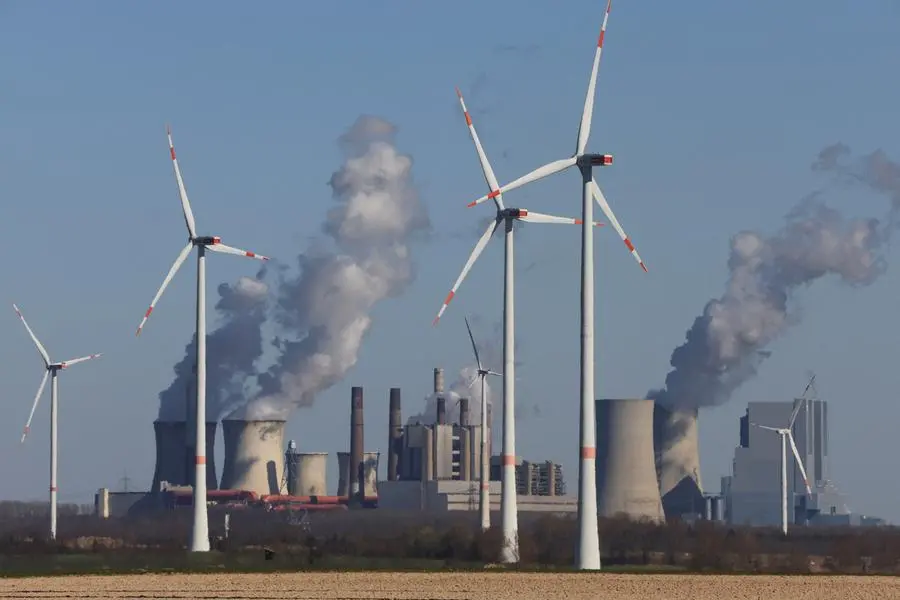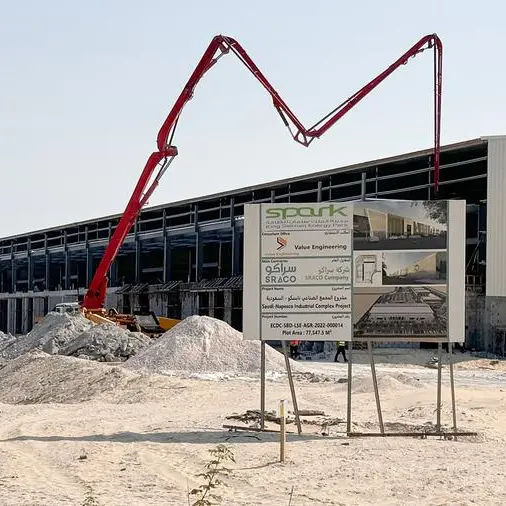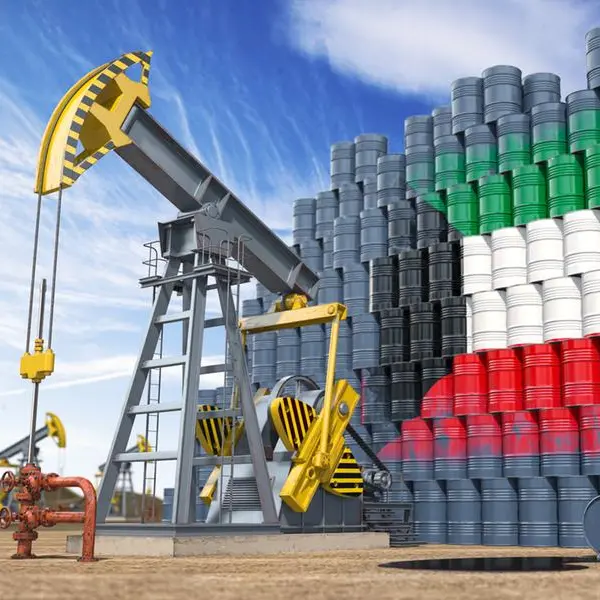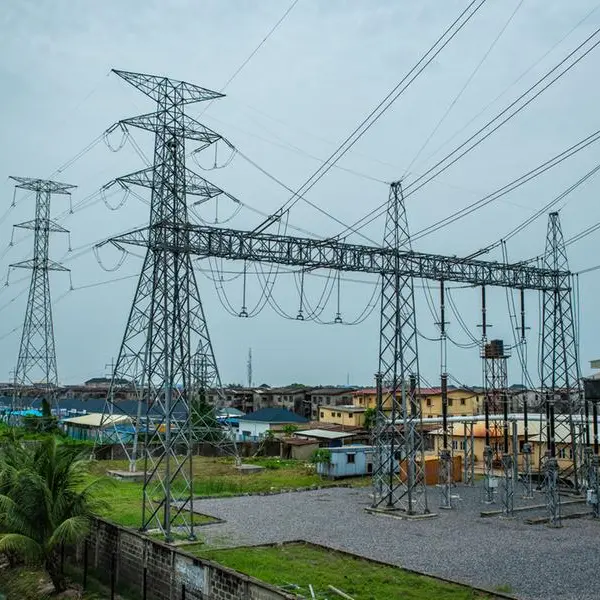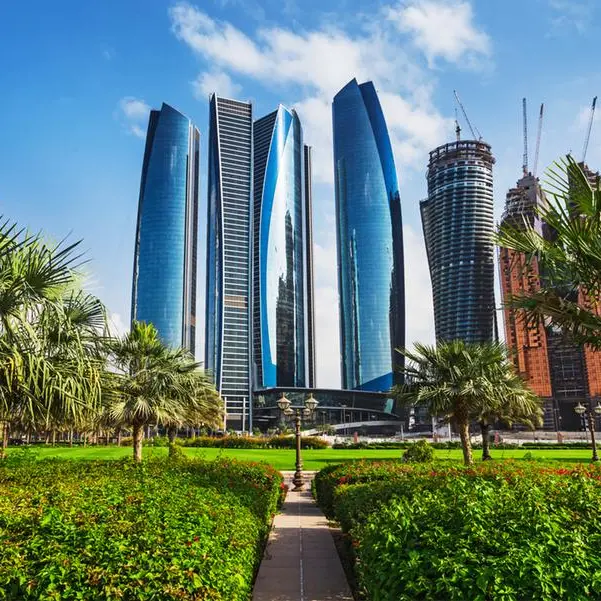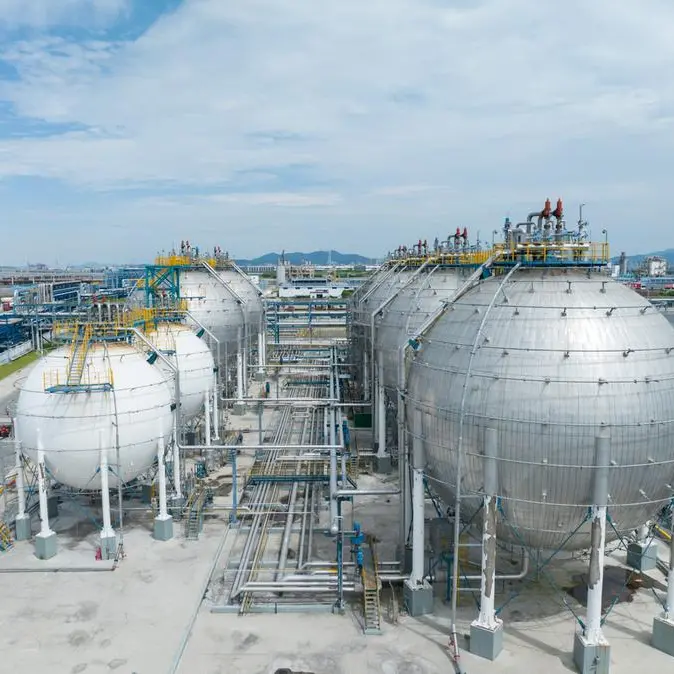PHOTO
(The opinions expressed here are those of the author, a columnist for Reuters)
LITTLETON, Colorado - The Indian subcontinent, Southeast Asia and Sub-Saharan Africa will overtake China, North America and Europe as the key drivers of world energy use through 2050, with implications for global emissions potential and accountability.
China, the United States and Europe have been the main sources of economic growth and pollution for the past century, accounting for over half of all historic carbon dioxide (CO2) emissions and energy use, but also the majority of spending on renewable energy and emissions abatement.
In contrast, the emerging markets within South Asia, Southeast Asia and Sub-Saharan Africa currently account for less than 20% of worldwide energy use and emissions, data from Norway-based risk assurance firm DNV shows, and have less funding available for energy transition efforts than larger peers.
Even so, thanks to strong investment and demographic trends within several key countries including India, Indonesia, and Nigeria, these regions will boost their collective consumption of primary energy supplies - which includes transport fuels - by nearly 60% through 2050, according to DNV data.
OFFSET
This collective rise in energy use across emerging Asia and lower Africa will more than offset the expected contraction in energy consumption in China, Europe and North America through 2050, DNV data shows.
Combined primary energy use in the Indian subcontinent, Southeast Asia and Sub-Saharan Africa will grow from roughly 115,000 petajoules in 2023 to nearly 194,000 petajoules by 2050, an expansion of more than 78,000 petajoules.
Over the same period, China, Europe and North America are expected to trim their collective energy use from around 326,000 petajoules to 250,000 petajoules, or by around 76,000 petajoules.
This means that global energy consumption will continue to grow from current levels by 2050, despite the efforts of current energy transition leaders to reduce energy use by mid-century, DNV data shows.
FOSSIL FUELLED
In addition to growing overall energy use, most Asian and African countries will remain overwhelmingly reliant on fossil fuels for at least the next decade, due to the slow roll out of green energy and underdeveloped electricity grids that will struggle to accommodate intermittent renewable energy supplies.
This will likely result in a widening in the number of heavy emissions hubs from mainly in China and South Asia currently to parts of Southeast Asia and lower Africa, undermining efforts to cap pollution totals in all areas.
South Asia's largest economy, India, is expected to rely on coal, natural gas and oil for more than 70% of primary energy needs through 2040, after which solar, wind and other clean energy supplies will emerge as the dominant sources of power.
In Southeast Asia, more than 70% of primary energy is set to come from coal, natural gas and oil through 2035, while in Sub-Saharan Africa the share of fossil fuels in primary energy supplies is set to continue expanding until the mid-2040's, despite steep simultaneous advances in renewable energy supplies.
MANUFACTURING MOMENTUM
Adjustments in manufacturing capacity are set to be a key driver of energy demand growth across Asia and Africa over the coming years.
Downsizing of outdated or uncompetitive capacity is set to reduce Greater China's energy demand from manufacturing by 23% between 2025 and 2050, DNV data shows.
Over the same period, Sub-Saharan Africa is set to experience a nearly 200% climb in energy demand for manufacturing as more factories and industrial plants emerge in the region in response to favourable labour market and capital investment trends.
Strong growth rates in manufacturing energy demand are also expected in the Indian subcontinent (up 93% from 2025 to 2050), Southeast Asia (up 42.5% from 2025 to 2050) as well in as the Middle East, North Africa and Latin America.
Currently, coal, natural gas and biomass are the primary sources of power for manufacturing in Africa and Asia, where abundant and affordable energy supplies are often more important to a manufacturers' bottom line than the emissions toll linked to its fuel source.
However, given the widespread global support for rapid renewable energy deployment in all regions, it is likely that increased volumes of cheap green energy may displace some fossil fuels in certain markets over time.
If so, the global energy landscape of 2050 will not just have drastically different geographic concentrations of energy use, but also a cleaner emissions profile that may support energy transition efforts. The opinions expressed here are those of the author, a columnist for Reuters.
(Reporting By Gavin Maguire; Editing by Christian Schmollinger)
